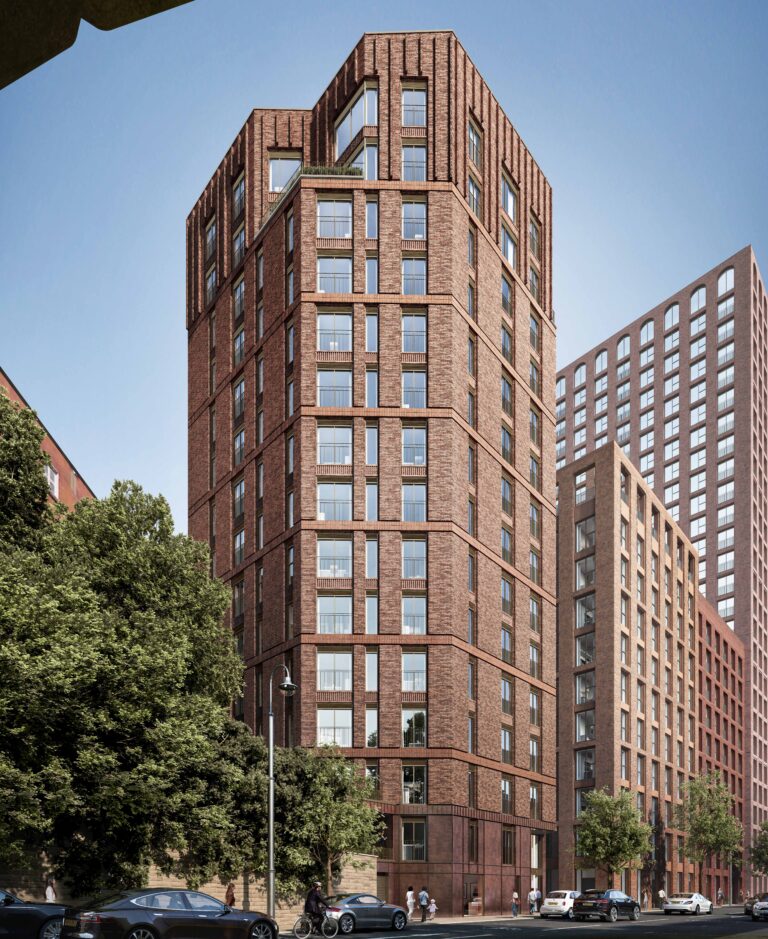If you’re looking for your next property investment opportunity offering top rental yields, new research has revealed the locations with the best prospects.
Achieving the best return on investment has always been important for buyers, but with mortgage costs and other outgoings increasing for landlords as they have for all property owners, rental yields have become even more vital.
Strategic investment when it comes to location, property type and target tenant can make a huge difference to your bottom line – with a particular focus on the initial price of the property as this also has an impact on your borrowing costs.
The good news for property investors and landlords is that, according to the latest research from Paragon Bank, average UK rental yields have just hit their highest level since February 2011, coming in at 7.11%.
Rental yields have been on the up for a number of months due to a combination of slower house price acceleration and huge tenant demand in relation to the number of rental homes available, which has pushed up rental prices.
Where can you get the best rental yields?
The upwards trajectory of rental yields is a good indication of the strength of the buy-to-let market as an investment option right now. Coupled with falling mortgage rates and a renewed strength in house price rises, investors are continuing to enter the UK housing market for strong returns.
Paragon’s research shows that Wales is actually the highest-yielding location in the UK, with landlords bringing in an average of 8.43% every year through rental income.
This is followed by Yorkshire and the Humber, which offers strong rental returns of 7.97%. This region, home to cities like Sheffield, Leeds, York and Hull, has below-average house prices and strong tenant demand, pushing it to the top of the list for England.
Next, Paragon lists the North of England as a whole with top rental yields of 7.94%. This supports the ongoing North-South divide that has driven recent market trends, with the northern regions tending to outperform the south within the property sector.
The South West, known for its high number of second homes, is next with yields of 7.93%, with the North West close behind on 7.85%. Then it’s East Anglia (7.60%), West Midlands (7.52%), East Midlands (7.49%), Scotland (7.46%), South East (6.57%) and Greater London (5.78%).
Strategic investment is crucial
A good quality, well-located investment in an area with strong tenant demand, employment opportunities and transport links can be a good place to start when it comes to finding your next strategic property investment.
The regions offering the strongest yields also happen to be the places that have not only recorded the highest house price growth over recent years, but are also tipped to continue to do so in forecasts.
Looking more specifically within these regions at particular towns and cities, finding out about upcoming regeneration work or transport improvements can also signal future success when it comes to property investment.
Certain property types offer higher yields than standard buy-to-lets, one of which is houses in multiple occupation (HMOs). These can bring in rental yields of us to 8.50%, which is a major draw for this property option. However, they can also require more input from the owner, and sometimes more regular repairs and maintenance, so it is important to weigh up the pros and cons before choosing an HMO.
Russell Anderson, Paragon Bank Commercial Director of Mortgages, says: “Our latest lending data highlights how average rental yields have continued to increase from the 13-year high we revealed at the end of last year.
“While the most recent economic instability caused by the threat of Trump’s tariffs is understandably impacting business confidence across many sectors, these figures offer tangible evidence that buy-to-let continues to offer strong returns for investors.
“This is particularly true where landlords employ a strategy of targeting properties that offer higher returns, HMOs being the most obvious example, or investing in areas where property is relatively more affordable but benefits from the strong tenant demand we see all over the UK.”










